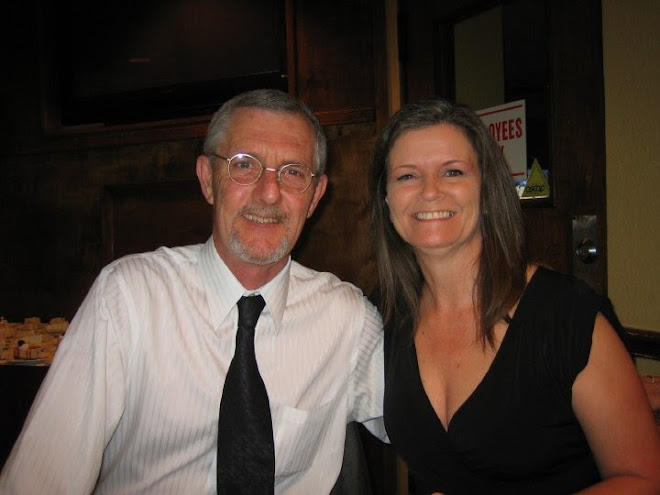May 6, 2010 by Erica Christoffer
Filed under: Green Design By Barbara Ballinger, Architecture Coach columnist
Interest in going green and making homes sustainable continues to gain interest among manufacturers, vendors, design professionals, and home owners, as evidenced by the exhibits at the 47th annual National Kitchen & Bath Association’s industry show, held April 16-18 in Chicago. Brian M. Johnson's design won best sustainable kitchen at the 2010 National Kitchen & Bath Association’s industry show.
Brian M. Johnson, an architect and designer with Collaborative Design Architects in Billings, Montana, won for “Best Sustainable Kitchen” in the NKBA’s annual Design Competition, where winners were announced Friday, April 16. Johnson’s design paired warm woods (mahogany not sustainable but bamboo is), soft stone (soapstone in the radiant fireplace), natural light, stained concrete, and steel ductwork.
Though going green can cost 10 percent to 20 percent more on the front end than a traditional design, the payback can be worthwhile and occur within a relatively fast time frame, depending on choices, Johnson says. “It can occur within five years if it’s a green system such as radiant floor heating,” he says. Johnson recommends cutting costs to afford sustainability by taking advantage of some free green strategies and then spending judiciously; here’s the game plan:
Utilize free green strategies. It costs nothing more to give a house and kitchen a solar orientation, says Johnson. “Take advantage of passive cooling and heating by including enough doors and windows to allow in morning sun and afternoon cross-ventilation winds when weather permits,” he says. The winning kitchen design features bamboo cabinets and quartz countertops.
Spend judiciously on features that make a difference, but still are affordable. In this category, Johnson lumps switches that allow awnings to open when it’s hot outside or floors to heat up when it’s cold indoors; materials that are renewable and readily available like bamboo for cabinets, countertops, or floors; recycled products such as glass and metal tiles; low-flow and dual-flush toilets; low- or no VOC paints; items manufactured locally such as concrete; and energy-efficient LED lighting.
Include the priciest green features only when other alternatives for green aren’t available and these represent a cost benefit. In the highest-cost group, photovoltaic cells, energy-efficient mechanical systems, and wind energy systems like windmills are included. For his winning design, Johnson didn’t include photovoltaic cells, but will add them in five years when the homeowners’ budget permits, he says.
The good news for those following his advice, he says, is that finding green products is much easier today. “I don’t think there are any manufacturers that haven’t joined the green bandwagon,” he says.
Brian M. Johnson
Monday, May 10, 2010
Subscribe to:
Post Comments (Atom)

No comments:
Post a Comment